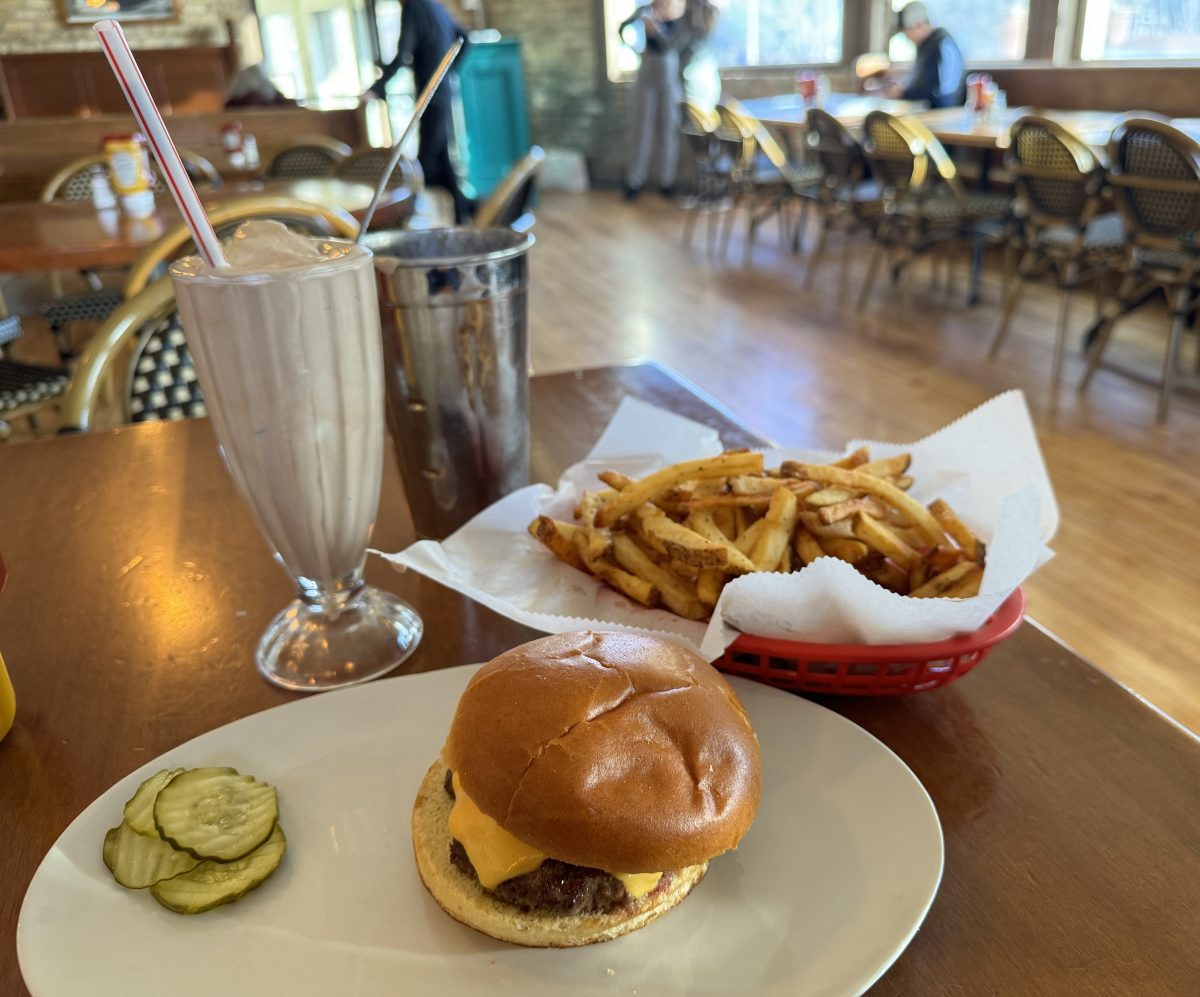A lot of cooking is a science, and most chefs are not scientists. So, inevitably, there are lots of people pretending to know what they’re talking about without much real information.
Chefs will spout all kinds of pseudo-scientific nonsense to support their methods. Most of these methods are nothing more than superstitions and habits. Here are some common misconceptions chefs hold about cooking and why they’re wrong.
Different salts vary in taste
Chefs tout the wonders of kosher salt compared to the relatively bland table salt. Supposedly, the larger, jagged crystals of kosher salt stimulate your taste buds better than the smaller, uniform crystals of table salt.
This is nonsense. For 99 percent of dishes, you can’t tell the difference in taste. Kosher salt has its uses — big pretzels, for instance. And unless you’re a carnie, big pretzels should not comprise 99 percent of your meals. Table salt seasons dishes perfectly well and costs much less than kosher salt.
Sharper knives are more dangerous
Though this would seem like common sense, even if you’re properly handling a knife, having a dull edge makes you more prone to slicing yourself. Since it won’t slice as easily, you’ll often have to force the blade, causing it to slip. Maintaining a sharp blade will ensure your knife slices only what you intend.
Expiration dates are the be-all-end-all
This varies between food items, but be aware that expiration dates aren’t hard and fast rules. Things labeled “sell by,” like milk and eggs, can be used for up to a week after they’re said to expire.
Now, don’t go noshing on rotten beef ’cause you think you’re invincible. Just know that the dates printed on products don’t always mean the same thing. Inform yourself. Use the Internet. There are some good people on there.
Searing meat seals in juices
This oft-cited piece of common knowledge maintains that the best way to prevent a cut of meat from drying out is to quickly brown it at a high temperature, thus “sealing in” the moisture.
When this concept comes under scrutiny, it falls apart. Keeping your meat juicy has way more to do with your method of cooking than with how well you seal in liquid.
MSG is bad for you
At some point, people in the United States started believing that MSG, or monosodium glutamate, is harmful to your health. Chinese restaurants have been getting a bad rap for decades. But according to the Food and Drug Administration, MSG is no more harmful than salt.
Restaurants that boast of using “no MSG” are, in a sense, lying. MSG naturally occurs in many ingredients, and it’s unavoidable in some styles of cooking.
Only flip meat once for the best flavor
If you ask 10 chefs about how you should grill a burger, you’ll get 10 different answers. Many insist that flipping a patty more than once will ruin it. But flipping a burger multiple times — or any hunk of meat, really — will cook it more uniformly.
Pork needs to be cooked especially long to kill bacteria
For decades, the U.S. Department of Agriculture recommended that pork should be cooked to 160 degrees. But in reality, cooking a pork chop to this temperature will turn it into a brick.
Fortunately, the USDA realized the error in its ways. In the past couple of years, it has shifted its policy and now says that pork needs to get to only 145 degrees. Medium-rare pork is safe and often more moist then its well-done rival.
You need to let meat warm up to room temperature before cooking it
You’ll see many recipes that tell you to let a piece of meat sit out for an hour or so before cooking. They’ll insist that this helps the meat cook more evenly.
Actually, getting an average steak from the fridge to room temperature would take hours. In reality, no one lets meat sit long enough to produce any noticeable difference in flavor.
Salt makes water boil faster
Any recipes that involve cooking pasta will instruct you to add salt to the water. People erroneously believe that this makes the water boil faster. Salt only slightly raises the boiling point of water. The actual difference is a fraction of a degree. The main purpose of salting water is flavor.
Adding salt to the water helps draw some of the starch out of the pasta while giving it a little extra character.





















